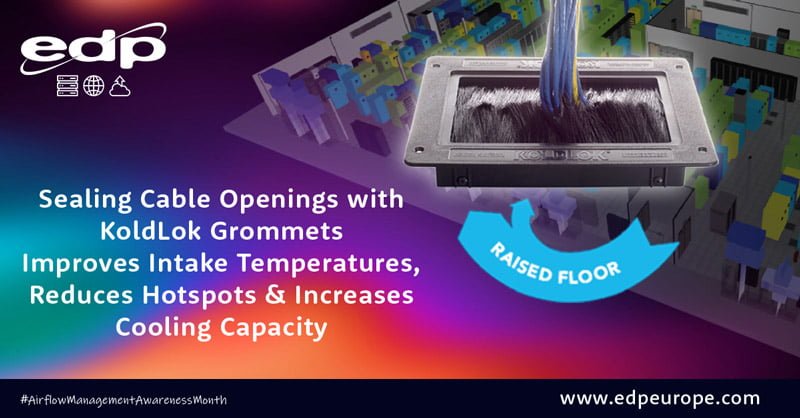
Vital steps to improve raised floor airflow management
Improving raised floor airflow management can help optimise data centre cooling and have a big impact on energy consumption. Data Centre cooling systems typically consume the highest percentage of power required to run Data Centre infrastructure, add to this that in some computer rooms up to 60% of the cooling available is wasted due to bypass airflow and it is clear to see why improving airflow management is so vital.
A key component of good airflow management is to prevent hot and cold air streams from mixing. There are three areas where this can occur Raised Floor, Rack and Row. June is Airflow Management Awareness Month, and in this article, we explore the steps necessary in the first R of the 4Rs of Airflow Management – Raised Floor. As the raised floor makes up the largest surface area within a data hall optimising this level can have a dramatic effect on airflow management and cooling optimisation.
First of all, the raised floor should be configured in a hot aisle cold aisle layout. This is where the front of server cabinets face each other and form the cold aisle. The cold aisle should be the only area where air supply grilles are placed. The rear of the racks then forms the hot aisle with air in this area coming from the exhausts of the IT equipment.
However, there are usually a number of other openings within the raised floor. Around the perimeter of the room there are often gaps where cable trays, pipes and other conduits penetrate the floor to supply services. Under each rack there can often be an opening that allows cables to supply power and connectivity to the racks. Left unsealed these openings leak the cold air supplied to cool the equipment. In some cases, up to 60% of the conditioned air can flow through such openings rather than through the floor grilles. Known as bypass airflow, this can impact Data Centre cooling in three significant ways:
- Hotspots – Where temperatures in the cold aisle rise in front of equipment intakes above recommended levels for reliable operation.
- Cooling Unit Incapacity – Sensible cooling unit capacity is reduced, meaning more cooling units maybe required than should really be needed.
- Latent Cooling Penalty – Moisture removed by bypass airflow needs to be replaced to maintain a reliable computing environment.
Why using KoldLok raised floor grommets help optimise cooling
To improve airflow management and follow best practice guidelines that help optimise cooling and reduce energy consumption, any opening in the raised floor should be sealed. One of the best ways to do this is through the use of KoldLok Raised Floor Grommets. KoldLok is a range of floor grommets that have been purposely designed to seal cable openings and keep air leakage to a minimum, whilst still allowing cables, pipes and conduits to pass through them. Around the perimeter of the data hall penetrations can be sealed using the KoldLok Extended grommet. Available in two sizes (3” or 6”) the KoldLok Extended is designed to seal larger openings thanks to its aluminium extrusion and double layer brush strip. The two layers feature different thickness filaments. The bottom layer being slightly thicker to support the finer top layer. The standard length for this grommet is 24” (610mm) but a longer length of 60” (1524mm) is also available.
For cable cut-outs under server cabinets there is an array of KoldLok grommets, from the Integral grommet that fits into new cut-outs to varying versions of the Surface grommet that can be installed over existing openings. The split design of the Surface grommets enables installation without removal of any cables. There is also the KoldLok Round grommet that is available in 4” and 6” versions. These are easier to install as the opening in the floor tile can be cut using a core drill.
Benefits of KoldLok Floor Grommets
The use of KoldLok raised floor grommets has a number of benefits:
- They help increases static pressure under the raised floor and improves cool air delivery through perforated tiles and floor grates. Reducing the risk of hotspots.
- Increases existing cooling unit capacity, reducing the need to purchase additional cooling units. In cases where Data Centres are being over cooled they can enable surplus units to be switched off.
- Improves equipment reliability and extends equipment life.
- KoldLok grommets are inherently self-sealing with models using single or double layered filaments or additional membrane layers.
- Grommets fitting into the floor have moulded plastic rims that protect cables from any sharp edges within the cut-out.
If you would like more information on how KoldLok can assist your airflow management, or have issues optimising cooling that you would like assistance with, please contact us and a member of our team will be happy to help.



